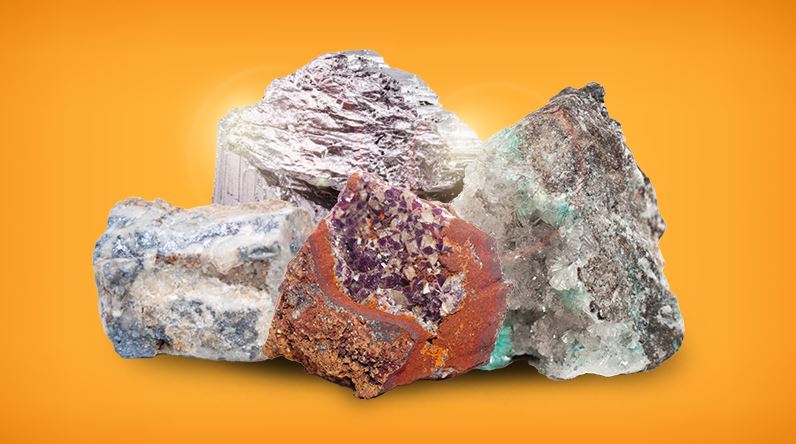On September 8, 2021, Joe Biden’s administration released its plan for solar energy to provide 45% of the nation’s electricity by 2050, amid this discussion is how much minerals such as lithium, nickel, cobalt, and graphite, rare earths. Copper, silicon and silver play a key role in these and other de-carbonisation efforts.
The 21st century shift from fossil fuels to a cleaner energy source will deliver an exceptional new boom for commodities and an opportunity for investors. As rare Earth elements, to some relatively obscure materials become necessary to create emissions free power, also transport and heavy industry will evolve. As electric vehicles supersede petrol and diesel cars .With solar panels and wind turbines replacing coal and oil as an important energy sources. Metals like cobalt, lithium, & neodymium with other rare earths are on the edge of a growing demand, along with other industrial materials like steel and copper, clean energy shares have more than doubled in value since the start of 2020.
Prospects for technology Manufacturers, Metals producers and Energy traders are immense, while regular investors are already benefiting. Prospects for technology manufacturers, metals producers and energy traders are immense, while regular investors are already benefiting. Numerous clean-energy stocks have more than doubled in value since the start of 2020, and the emergence of futures contracts for battery materials and an increase of initial public offerings in the sector will extend options to gain exposure.
By 2030, the demand for cobalt, used in many battery types, will jump by about 70%, while consumption of lithium and nickel by the battery sector will be at least five times higher, according to Bloomberg. There’ll be a need for more manganese, iron, phosphorus and graphite, while copper, needed in clean energy technologies and to expand electricity grids, will also be a major beneficiary. Four key components of the energy transition solar panels, wind turbines, lithium-ion batteries, and EV charging units show the complexity of supply chains required to help the world quit fossil fuels, and how the need for vast quantities of crucial metals should spur prices higher.
“The Energy Transition is driving the next commodity super cycle,” said Jessica Fung, head strategist at Zug, Switzerland-based Pala Investments Ltd., which funds mining projects tied to de-carbonisation. “It is a decade’s long transition, but the time to invest and make money is this decade. The time is “now.”


